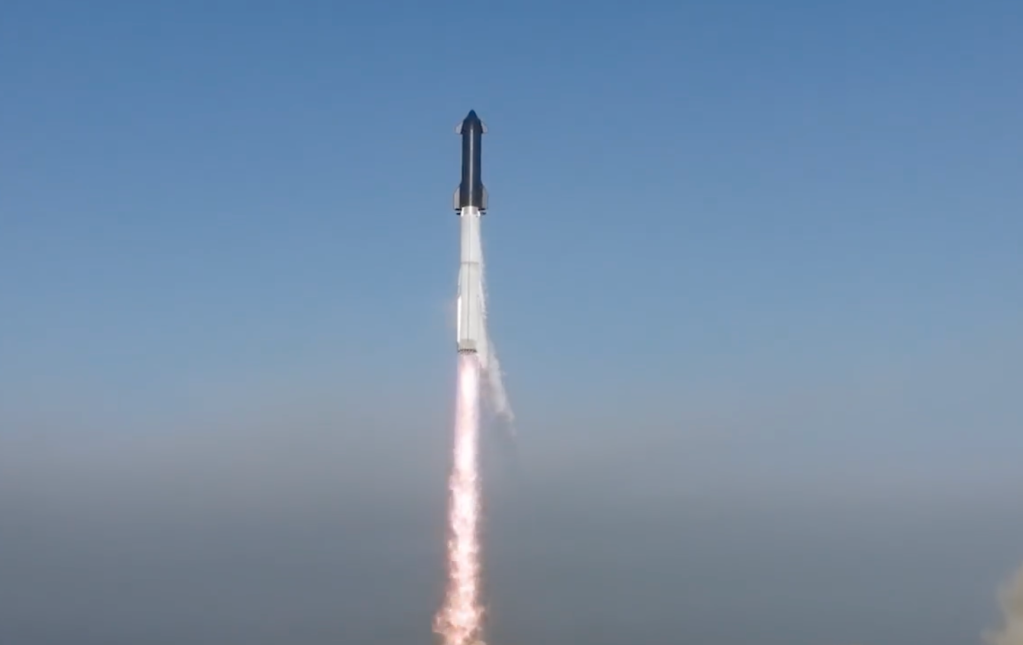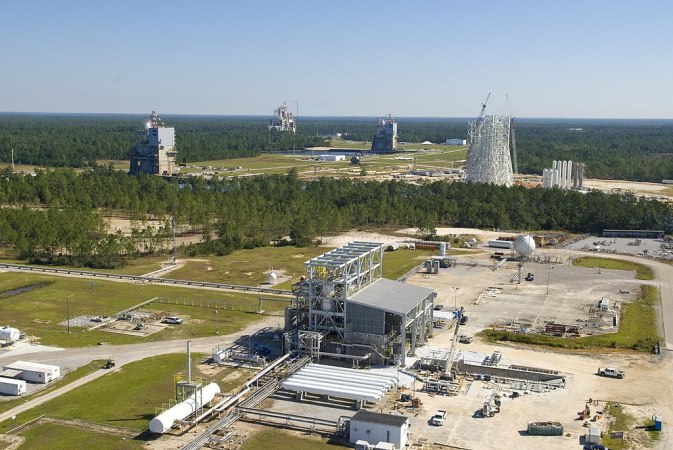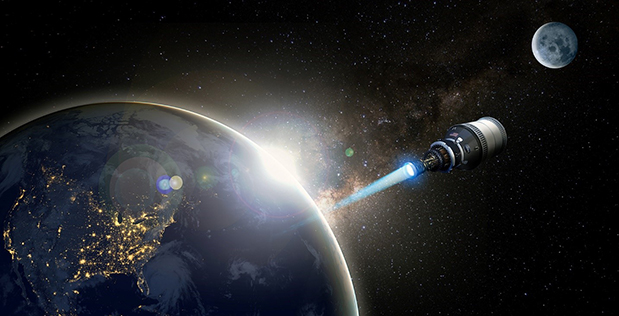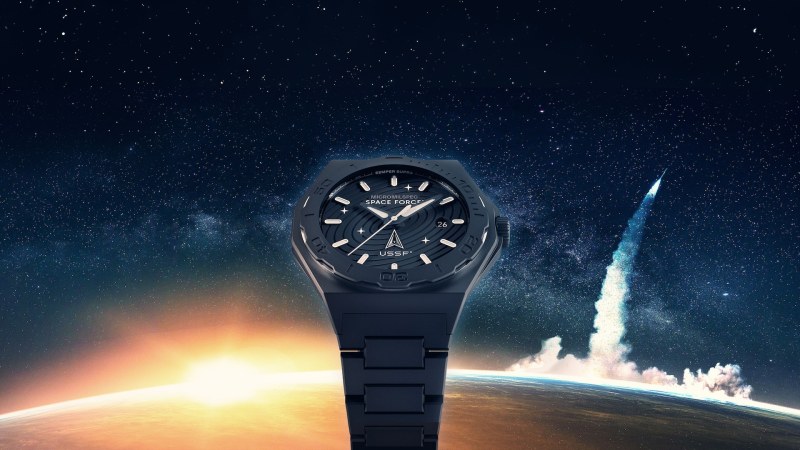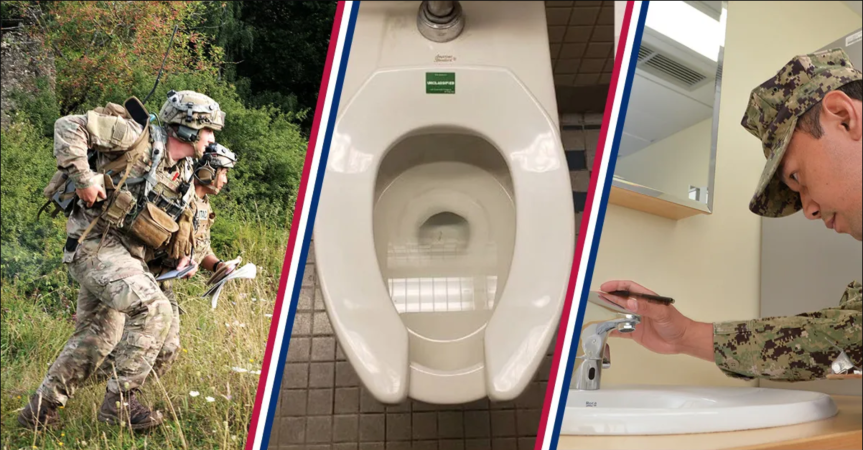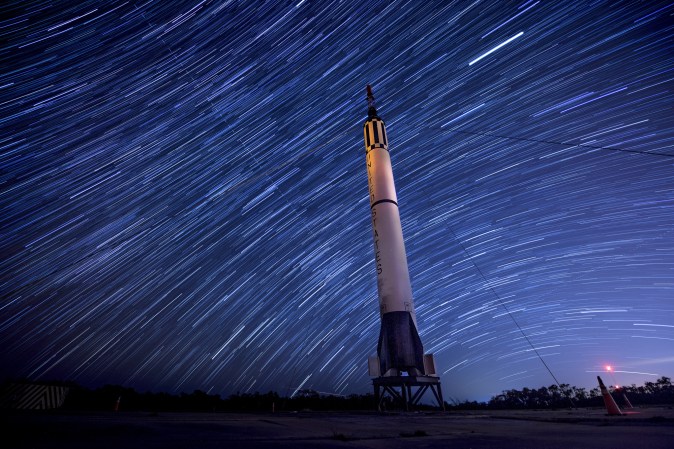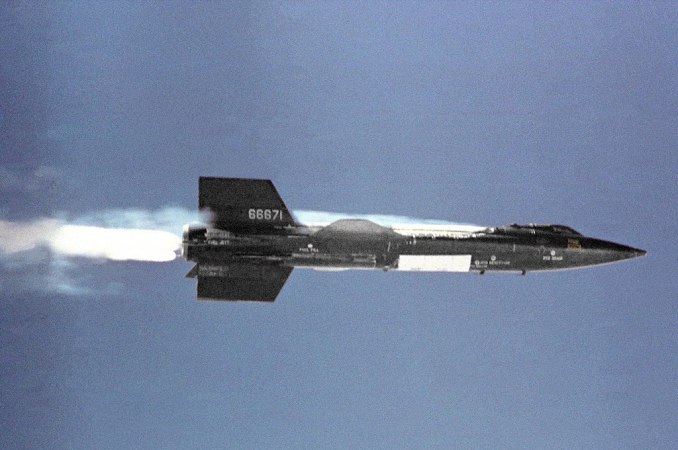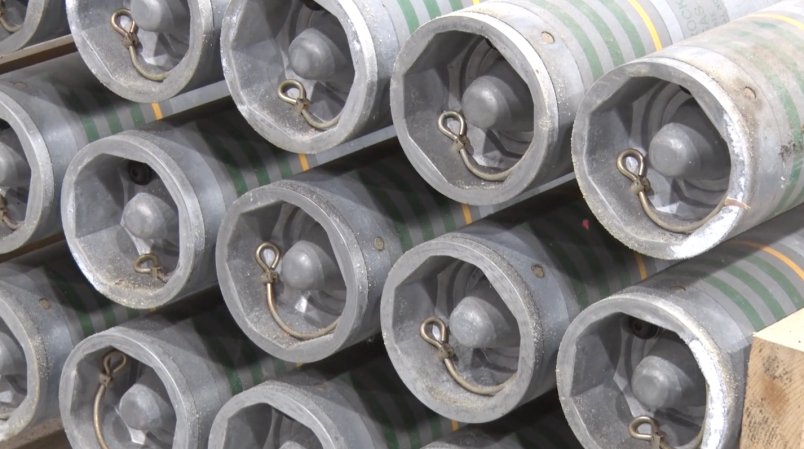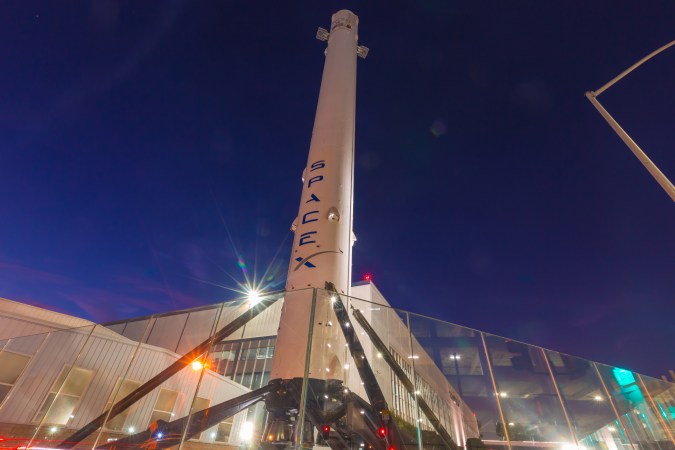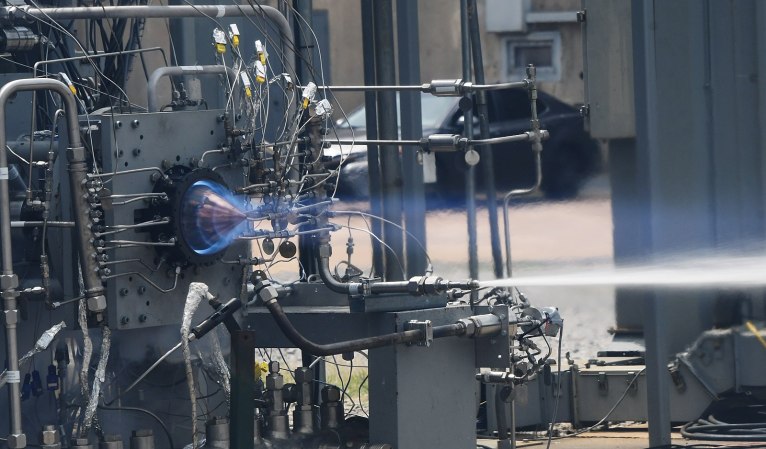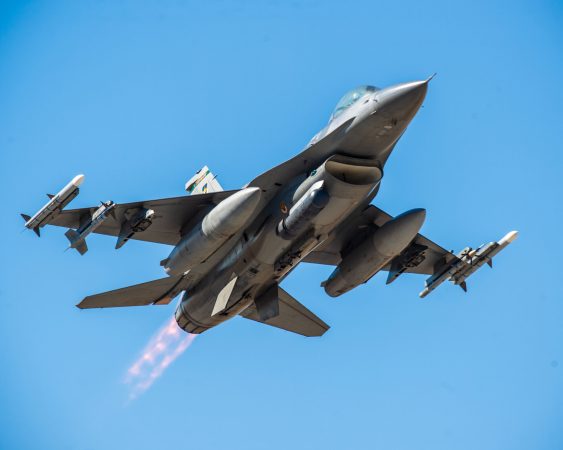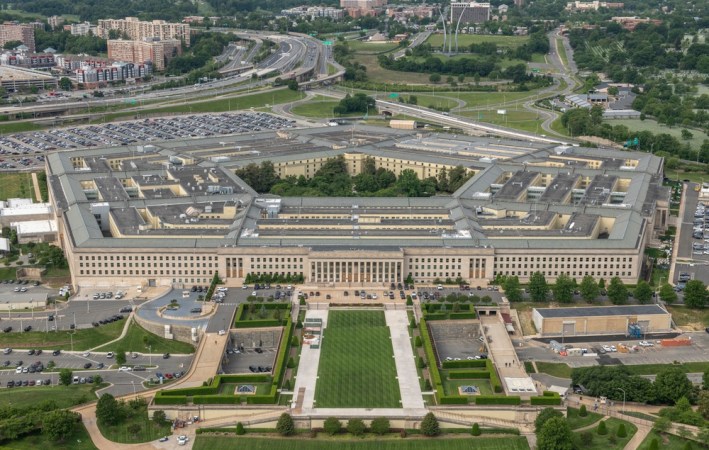While the SpaceX Starship aka Megarocket might sound like something from Space Balls or an Atari game, it’s actually Elon Musk’s brainchild of the future. And that future is Friday. After a somewhat successful first flight of the Starship system (successful: it took off; less than ideal: it exploded way too early) on April 20, 2023, today SpaceX got the equivalent of, “I’m okay with it, if that’s what you want to do,” from the Federal Aviation Administration for a second launch.

In what can only be described as a very sciency 45-page document, FAA addresses myriad boxes that SpaceX had to check before it could get the full green light for Starship’s next launch. We’re sure this is mostly because it’s the right thing to do and a little because multiple environmental and wildlife groups sued the FAA following the first launch, citing their failure to fully identify, understand and address the implications the debris could have on earth. While Starship exploded because of the self-detonation feature, the flight was supposed to last an hour and a half, and instead only made it around four minutes because reportedly eight of the 31 engines failed, NBD. While no one was injured in the detonation, turns out rocket parts aren’t great for the environment, and it exploded over the Gulf of Mexico.

According to the FAA, “SpaceX applied to the FAA to modify its existing vehicle operator license for the operation of the Starship/Super Heavy launch vehicle from its existing Boca Chica Launch Site in Cameron County, Texas. The additional information in the application includes more detail about the operation of a deluge system, the addition of a forward heat shield interstage to the vehicle, and the expansion of the Area of Potential Effects for cultural resources. The FAA published a Written Re-evaluation that evaluates, based on this new information, whether supplemental environmental analysis is needed to support the FAA’s decision to modify SpaceX’s vehicle operator license.
“Based on the Written Re-evaluation (WR), the FAA concluded that the proposed modification to the vehicle operator license for Starship/Super Heavy operations conforms to the prior environmental documentation, that the data contained in the 2022 Programmatic Environmental Assessment remains substantially valid, that there are no significant environmental changes, and all pertinent conditions and requirements of the prior approval have been met or will be met in the current action.” Translation: Good to go.

SpaceX wasted no time in scheduling things for Friday; we’ve seen meetings that have taken much longer to coordinate.
According to the SpaceX website:
The second flight test of a fully integrated Starship is set to launch Friday, November 17. A two-hour launch window opens at 7:00 a.m. CT.
A live webcast of the flight test will begin about 35 minutes before liftoff, which you can watch on X @SpaceX. As is the case with all developmental testing, the schedule is dynamic and likely to change, so be sure to stay tuned to our X account for updates.
Starship’s first flight test provided numerous lessons learned that directly contributed to several upgrades to both the vehicle and ground infrastructure to improve the probability of success on future flights. The second flight test will debut a hot-stage separation system and a new electronic Thrust Vector Control (TVC) system for Super Heavy Raptor engines, in addition to reinforcements to the pad foundation and a water-cooled steel flame deflector, among many other enhancements.
This rapid iterative development approach has been the basis for all of SpaceX’s major innovative advancements, including Falcon, Dragon, and Starlink. Recursive improvement is essential as we work to build a fully reusable transportation system capable of carrying both crew and cargo to Earth orbit, help humanity return to the Moon, and ultimately travel to Mars and beyond.
Here’s to you SpaceX. To infinity and beyond.


